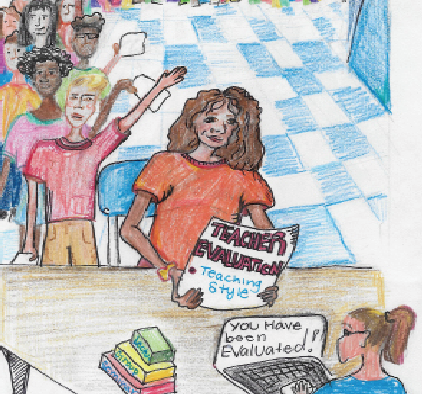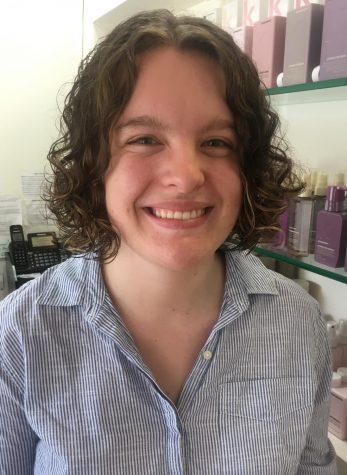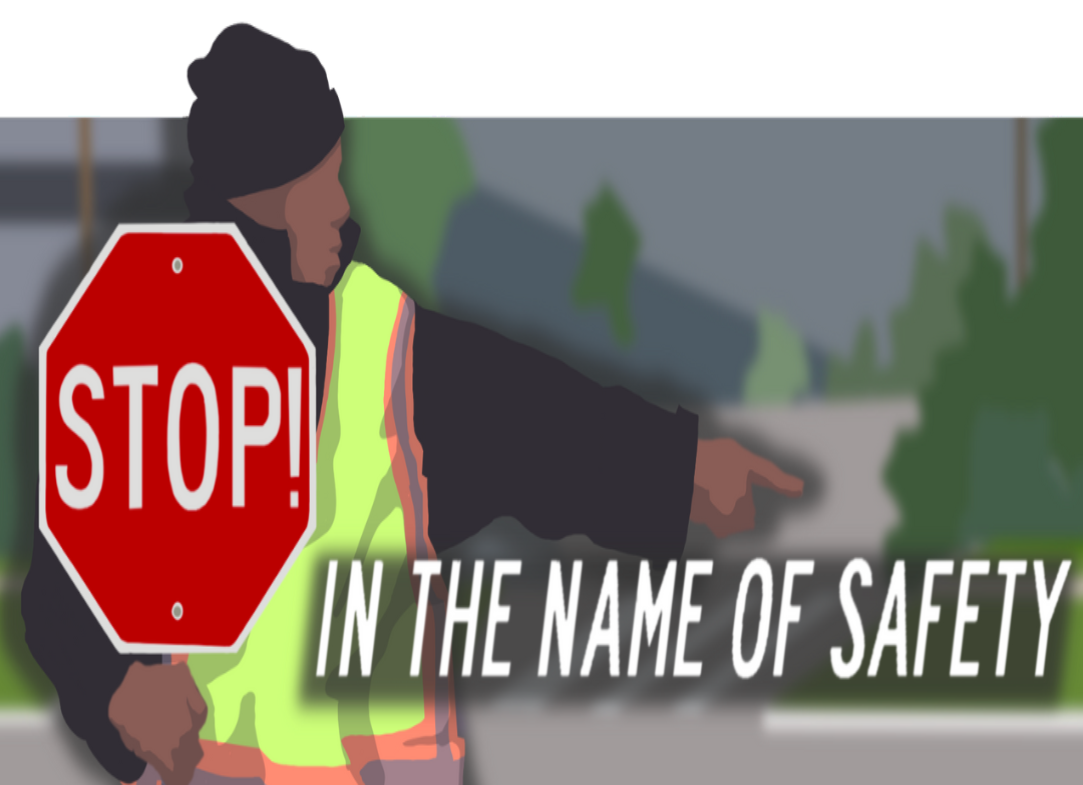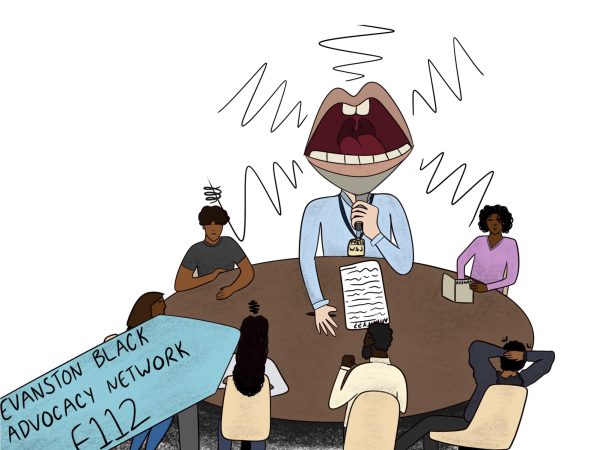Student evaluation of teachers improves communication, performance

Drawing by Nora Miller.
March 23, 2018
Students spend hundreds of hours a year with their teachers and know more about their teaching style than a department chair observing one class period could. Yet, ETHS is not taking advantage of students’ unique expertise and ability to lend meaningful feedback. Students should be able to directly evaluate teachers on their teaching style.
A 2013 Hanover Research study examined the use of student surveys to evaluate teachers finding that “Student surveys are a reliable measure of teacher effectiveness […] teachers have reportedly found survey results extremely valuable, citing their ability to identify strengths and weaknesses and develop new, effective teaching strategies.” Clearly, students have the ability to give useful feedback to teachers; they are in the most useful position to effectively analyze their teachers’ abilities, but no one is asking them about it.
Currently, students at ETHS have little to no input on how teachers teach. Teachers are evaluated, in part, through observation by their department chair several times a year, or every other year for tenured teachers, but this doesn’t give a clear picture of the teacher’s overall capability. ETHS needs a consistent, school-wide system of student surveys that focus on how students perceive the effectiveness of teachers.
The purpose is to look for general trends in student responses; if several say that a teacher is disengaged, then those responses could spur the teacher into action, and inspire them to change their style to one that fits their students better. The initial student survey allowed for a clearer picture of the teacher that an outside spectator might not see.
Student surveys also allow for more direct communication between students and teachers, which gives teachers a better idea of how students perceive their teaching.This could lead to how the teacher could improve, and students would have a voice in their education, which is sorely needed in most schools.
Students thrive most in an environment in which they have a say; teachers thrive when they have a clear goal. Giving students frequent surveys, and implementing improvement plans based on these surveys, would lead to increased communication between students and teachers, and create a better educational environment in general.














